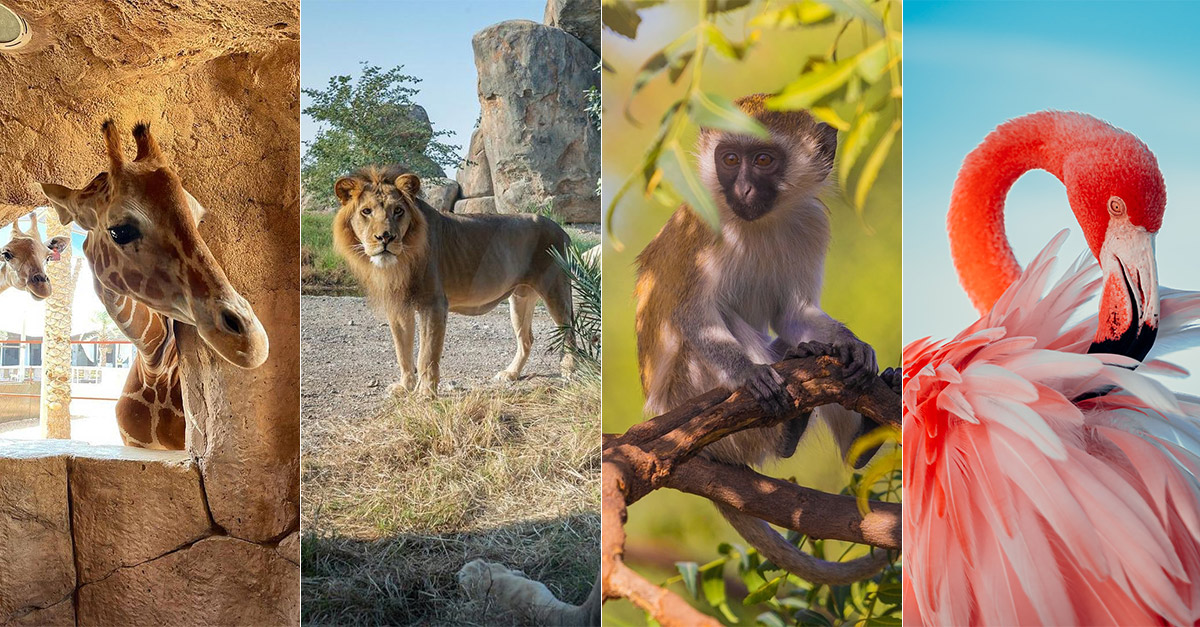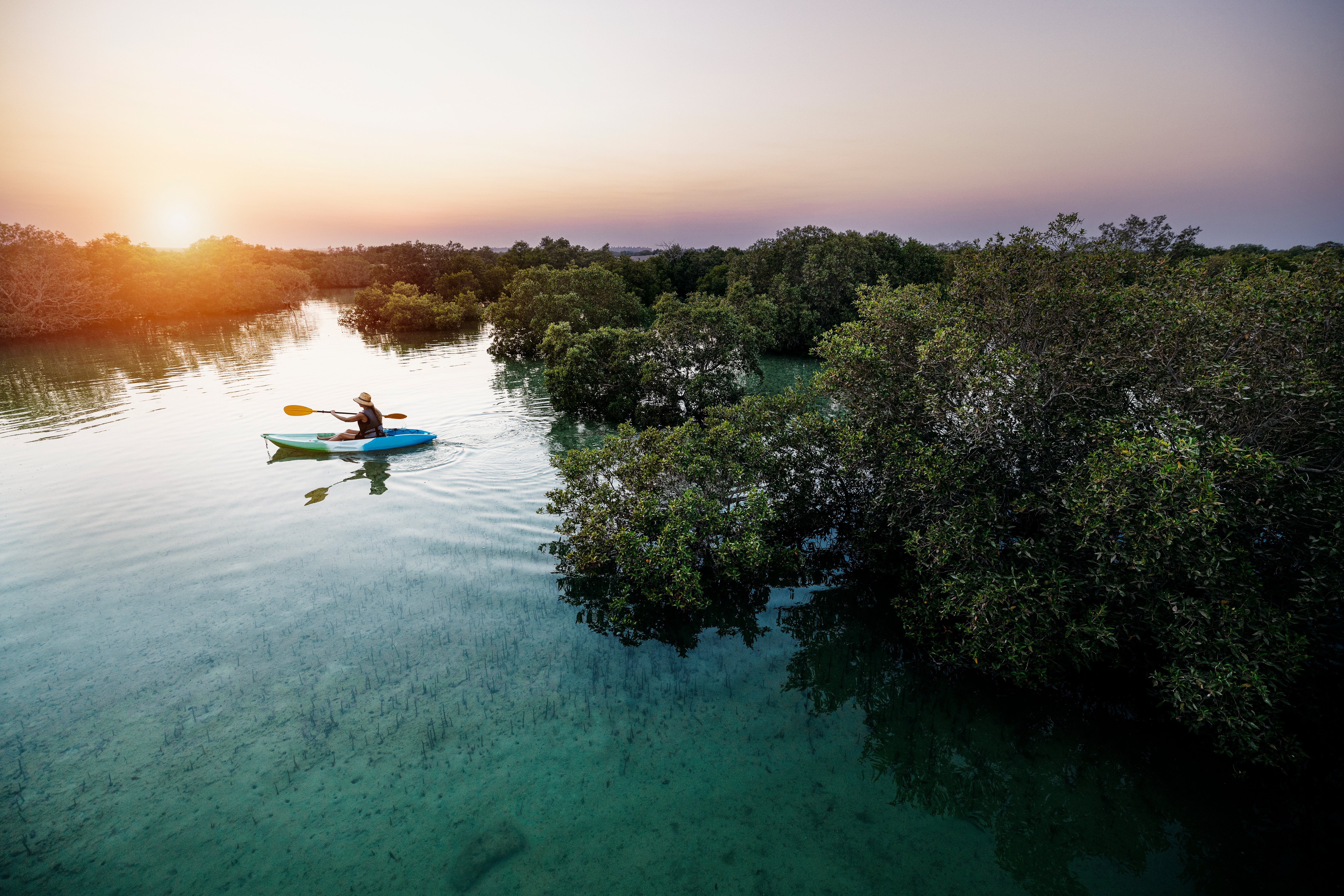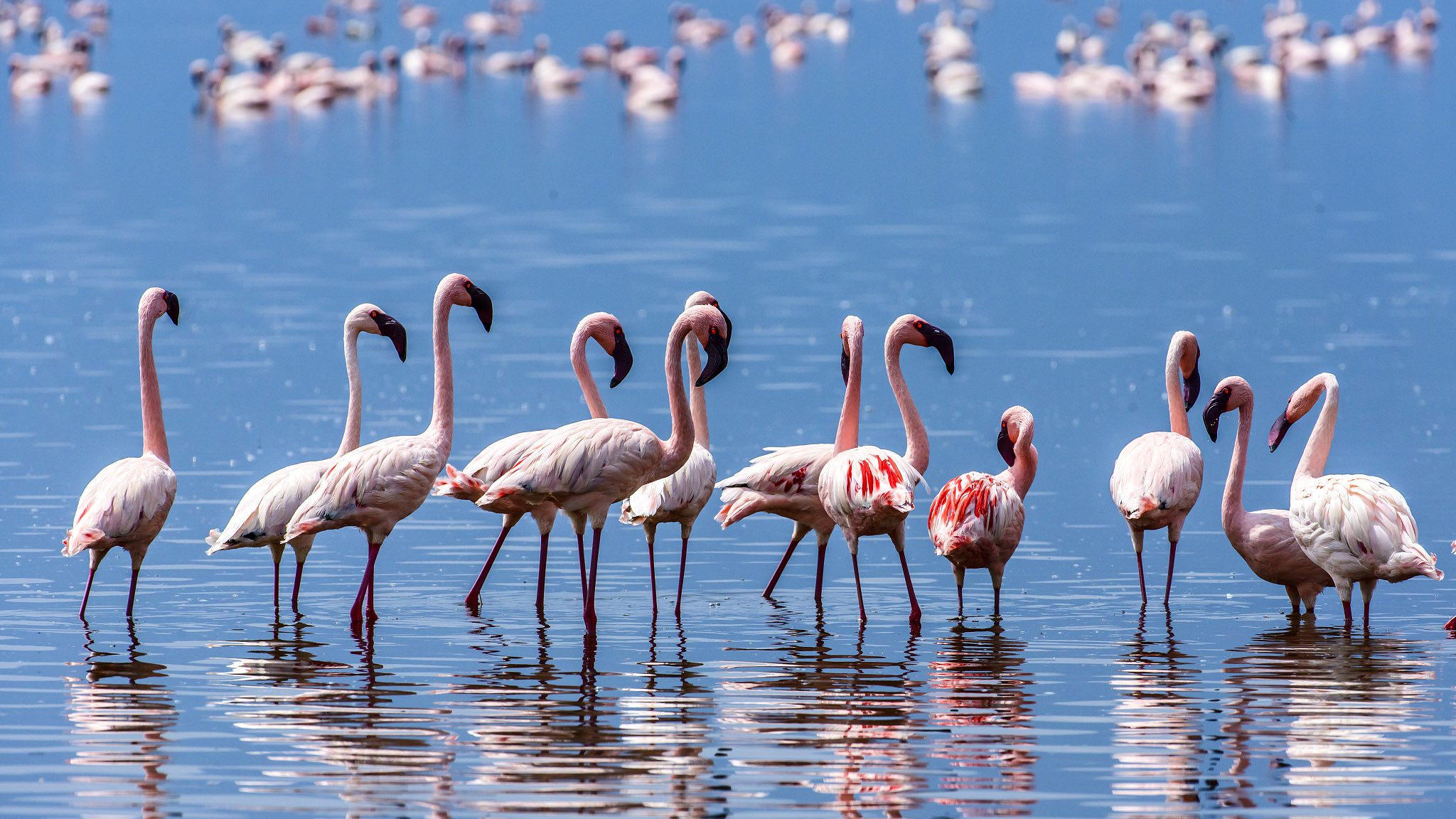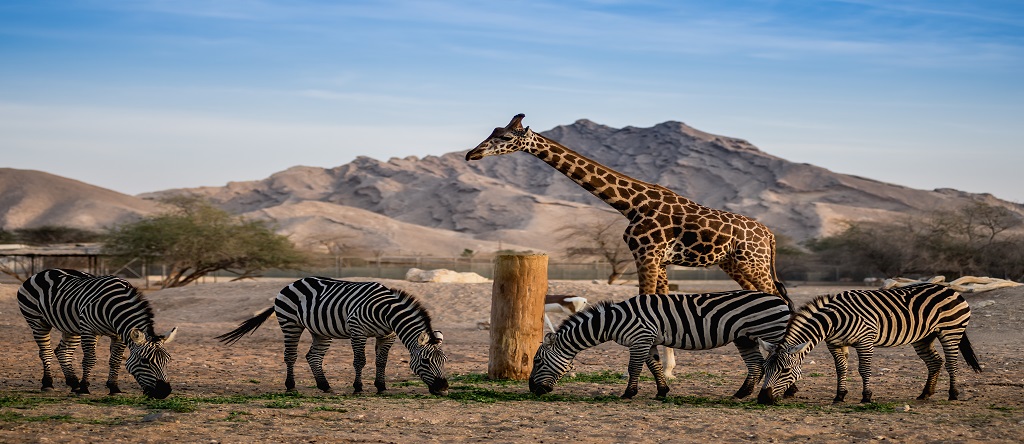Abu Dhabis Incredible Nature Wildlife
Abu Dhabi, the capital of the UAE, is not only a bustling metropolis with towering skyscrapers and luxurious amenities but also a haven for diverse natural landscapes and vibrant wildlife. This article explores the emirate's stunning natural environments, from harsh deserts to lush mangrove forests, and the varied species that inhabit these spaces.

The Diversity of Habitats
Desert Landscapes
The vast deserts of Abu Dhabi are more than just barren sands; they are alive with hardy flora and fauna adapted to the harsh conditions. The resilience of desert plants like the Ghaf tree, and animals such as the Arabian oryx and sand gazelle, showcases nature's incredible ability to thrive under extreme conditions.
Coastal Ecosystems
Abu Dhabi's lengthy coastline is dotted with coral reefs and seagrass beds that are vital to marine life. These waters are breeding grounds for a variety of fish species, and also serve as crucial stopover points for migratory birds.

Mangrove Forests
The mangrove forests along Abu Dhabi's coast are critical carbon sinks and protect coastal zones from erosion. These unique ecosystems are bustling with life, providing habitat and nursery grounds for juvenile fish and a haven for bird species such as the western reef heron.
Iconic Wildlife Species
Arabian Oryx
Once on the brink of extinction, the Arabian oryx is now a symbol of wildlife conservation success in Abu Dhabi. Reintroduction programs have helped restore its population in the wild, a testament to the dedicated conservation efforts in the region.
Hawksbill Turtles
The hawksbill turtle, critically endangered but resilient, frequents the warm waters of Abu Dhabi's islands to nest. Conservation initiatives focus on protecting these nesting sites and ensuring safe passage for hatchlings to the sea.

Flamingos
The sight of pink flamingos, which flock to the Al Wathba Wetland Reserve, is a highlight for any wildlife enthusiast. These birds are attracted by the rich marine life and the safe breeding conditions provided by the reserve.
Conservation Efforts
Protected Areas
Abu Dhabi has established numerous protected areas that safeguard crucial habitats and ensure the survival of many species. These reserves are not only refuges for wildlife but also laboratories for ecological research and conservation strategies.
Species Reintroduction Programs
The emirate has pioneered several species reintroduction and habitat restoration programs, aiming to balance its rapid urban development with ecological preservation.
Community Involvement
Conservation is also a community effort in Abu Dhabi. Public awareness campaigns and educational programs engage residents and visitors alike, fostering a culture of environmental stewardship.
Eco-Tourism in Abu Dhabi
Wildlife Tours
Eco-tourism is thriving, with wildlife tours offering close encounters with nature without disturbing the delicate balance of ecosystems. Guides are trained to educate tourists about the importance of conservation while showing them the beauty of Abu Dhabi's natural landscapes.
Eco-friendly Practices
Sustainable practices are integral to eco-tourism in Abu Dhabi. From using solar energy in eco-resorts to enforcing strict guidelines on wildlife interactions, every effort is made to minimize environmental impact.
Future Challenges
Climate Change Impacts
The looming challenge of climate change threatens to disrupt the fragile ecosystems of Abu Dhabi. Rising temperatures and sea levels pose a real danger to its coastal and desert habitats.
Urbanization
As Abu Dhabi grows, careful planning is essential to ensure that the development is sustainable and that natural habitats are preserved for future generations.
What are the best places in Abu Dhabi to observe local wildlife?
Abu Dhabi offers several prime locations for observing local wildlife, each providing a unique environment:
Sir Bani Yas Island - This island is a wildlife sanctuary with more than 10,000 free-roaming animals, including Arabian oryx, gazelles, giraffes, and cheetahs, making it a fantastic spot for wildlife safaris.
Al Wathba Wetland Reserve - Known for its flamingo populations, this reserve also hosts a variety of other bird species, making it a popular spot for birdwatching.
Eastern Mangrove Lagoon National Park - Kayaking through the mangroves can give visitors a close view of marine and bird life in their natural habitats.
Jebel Hafit Desert Park - Situated around a mountain, this area offers a chance to see arid land species in their natural desert environment.
How does Abu Dhabi contribute to global conservation efforts?
Abu Dhabi plays a significant role in global conservation through several initiatives:
Species Reintroduction Programs - Notably, the Arabian Oryx reintroduction project has been a successful venture that has helped move the species from "Extinct in the Wild" to "Vulnerable".
Marine Conservation - Efforts include protecting the critically endangered hawksbill turtles by preserving their nesting beaches and promoting coral reef restoration.
Global Partnerships - Abu Dhabi collaborates with international conservation organizations to fund and support wildlife conservation across the globe.
What can tourists do to support conservation in Abu Dhabi?
Tourists can support conservation efforts in Abu Dhabi by:
Participating in Eco-Tours - Engaging with tours that emphasize sustainability can help support conservation projects and awareness.
Following Guidelines - Respecting local guidelines and rules while visiting natural habitats helps minimize human impact on wildlife.
Supporting Local Conservation Groups - Donations or volunteering with local groups can contribute directly to ongoing conservation efforts.
What are the biggest threats to wildlife in Abu Dhabi?
The primary threats to wildlife in Abu Dhabi include:
Habitat Loss - Due to urbanization and industrial development, natural habitats are being reduced, fragmenting wildlife populations.
Climate Change - Rising temperatures and changing weather patterns threaten the delicate balance of desert and marine ecosystems.
Pollution - Plastic pollution, particularly in marine environments, poses a serious threat to wildlife like sea turtles and marine birds.
How are local communities involved in conservation efforts?
In Abu Dhabi, local communities are increasingly involved in conservation through various means:
Educational Programs - Many schools and institutions include environmental education in their curricula to raise awareness among the youth.
Community Clean-Ups - Regularly organized beach and desert clean-ups involve community members to reduce pollution.
Participation in Conservation Projects - Community members are often involved in local conservation projects, such as mangrove planting or animal care, fostering a direct connection with their environment.
Direct BookingAbu Dhabi's commitment to preserving its natural heritage while promoting eco-tourism and sustainable development offers hope. The ongoing efforts to protect its unique wildlife and habitats are vital for maintaining the ecological balance and ensuring that the natural beauty of the emirate can be enjoyed by future generations.








